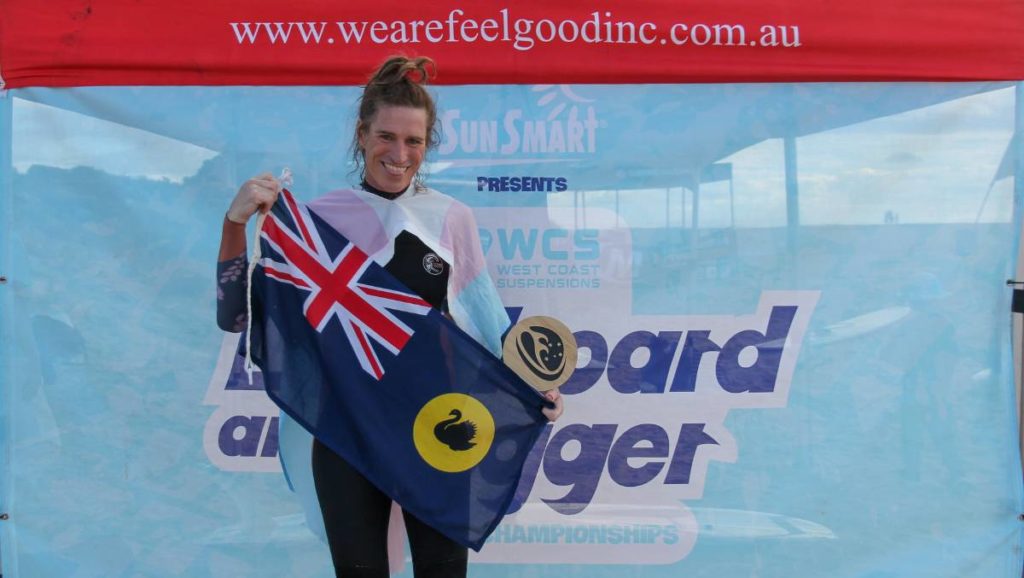
After surfing’s first trans athlete won a longboard title last month in Western Australia, Wavelength talked to Keala Kennelly about what the sport’s approach to the issue will be.
“I’m pro trans, I’m pro women, and I’m pro women’s equality, but when it comes to trans athletes surfing in women’s competitive surfing, it’s really hard to square those three things at the same time.”
That was Keala Kennelly speaking to our own Sophie Everard in Episode 1 of the Drop In Sessions podcast. The former CT surfer and Big Wave World Champion has pioneered and championed tirelessly and fearlessly for equality, helping achieve pay parity as co-founder of CEWS (Committee for Equity in Women’s Surfing) and has knocked down endless barriers facing athletes from the LGBTQ+ community.
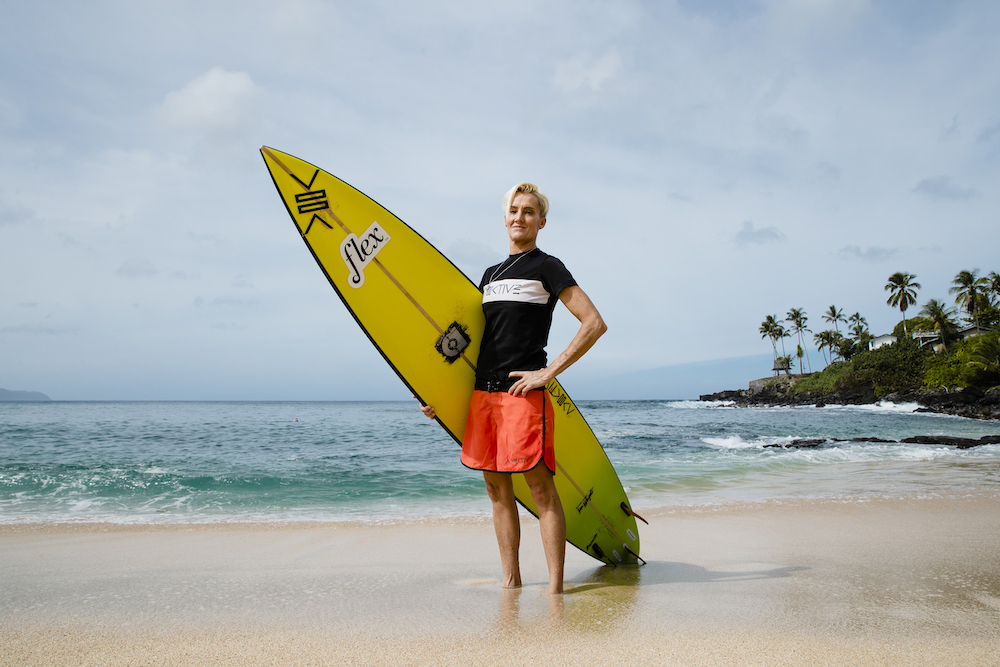
The issue of trans athletes in surfing had come up after Sasha Jane Lowerson, aged 43, recently won both Women’s Open and Logger divisions of the Western Australian State Titles.
Three years ago she had won the same title in Men’s Division, surfing as Ryan Egan. She will now travel to NSW to surf in the Australian Titles in August. She describes herself as a proud woman with a trans experience and the first trans woman athlete to compete in surfing.
It’s a topic that will increasingly dominate the sport. Surfing currently operates under the IOC regulations which rolled out a new framework for trans inclusion in 2021, placing the responsibility of establishing guidelines for trans inclusion in each sport. It also concluded that sporting bodies should not assume that transgender women have any inherent advantage or would need to reduce their testosterone levels to compete.
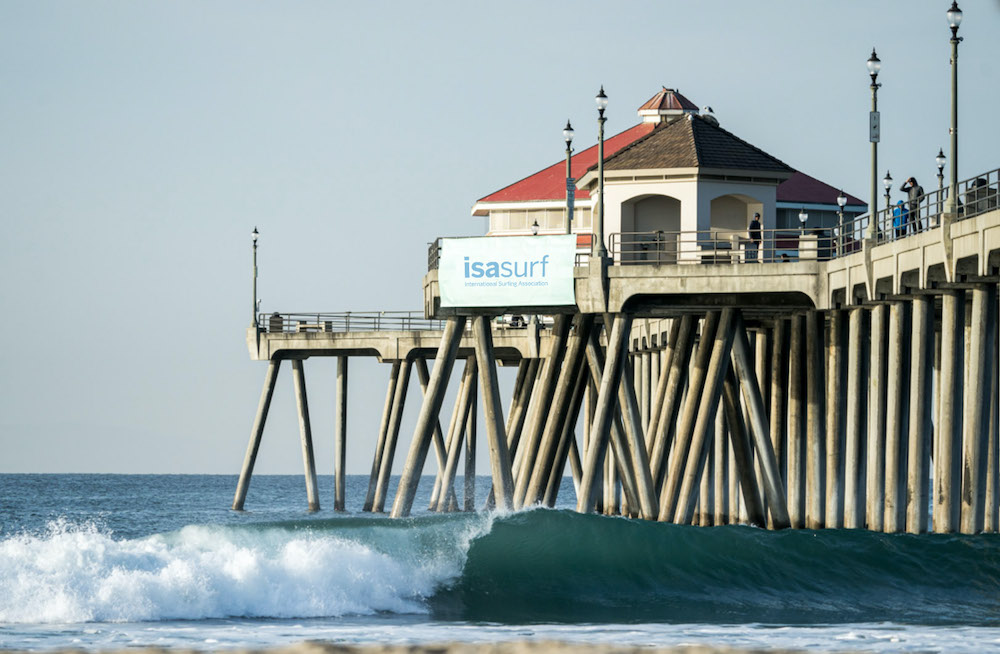
However, this week, swimming’s world governing body, FINA, has voted to bar transgender women from elite female competitions if they have experienced any part of male puberty. The vote makes swimming the second Olympic governing body, after World Rugby in 2020, to introduce a ban on trans athletes on scientific grounds.
In surfing, the pathway to the Olympics is governed by the ISA, which has so far followed the IOC guidelines. The WSL, as far as we could find, has no trans policy available to check and Lowerson was able to compete without any monitoring of her testosterone levels. She claimed that after her transitioning process, her testosterone levels in any case were far lower than her female competitors. FINA’s scientific panel, however, found that trans women retained a significant advantage over female swimmers even after reducing their testosterone levels through medication. Much of the advantage was attributed to changes undergone in puberty.
“I’m pro trans, and I want everyone to enjoy our sport, but I just want it to be fair,” Kennelly told Everard as part of a wide-ranging conversation in the Drop In Sessions podcast in association with Mermaid Gin. “And for someone who has fought so hard to get some level of equality for women’s sport and women’s surfing, by allowing trans women to compete I can see it as a threat to our sport.”
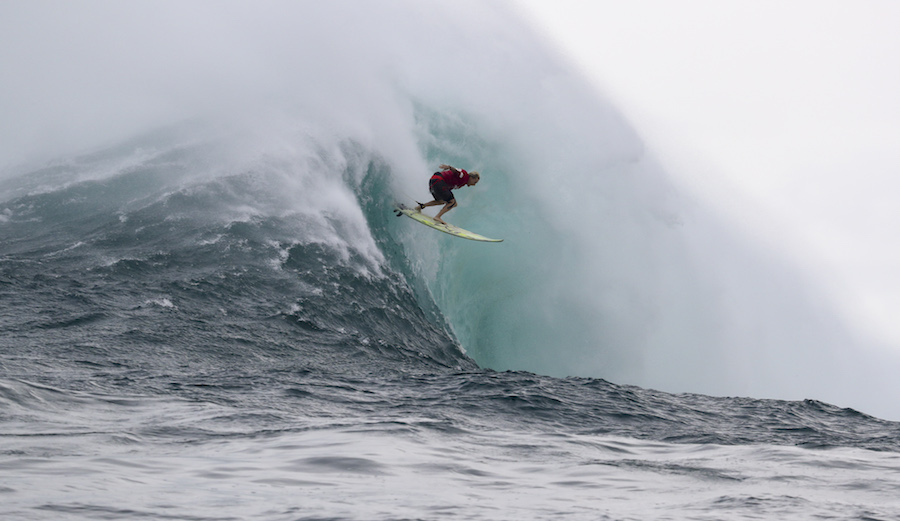
It’s a complicated question, and one that surfing will have to address quickly. On one hand, the basic premise should be that women like Sasha should be respected as everywhere else in society. So it seems harsh to exclude them from this little part of the world called competitive surfing.
Or, as Lowerson told Wavelength, “No one should have to choose between being who they are and participating in the sport that they love.” Lowerson hadn’t endured 20 years of mental health issues and an expensive and exhausting transition process to ensure she won a State Logger Title. Especially when she had won it just three years before in the Men’s division.
Yet on the other side, making elite women’s sports as fair as possible is also important. No one should have an unfair advantage, even if it has arrived through fair and ethical means.
After Lowerson’s victory made the headlines in May, many high-profile surfers weighed in. Some unhelpfully or with degrees of transphobia, whilst others aimed for solutions. “Oh hell no, let people think and be what they want, but at least make a separate division,” commented Bethany Hamilton. Kelly Slater also provided the same alternative, “Make a trans division and we don’t have this confusion.”
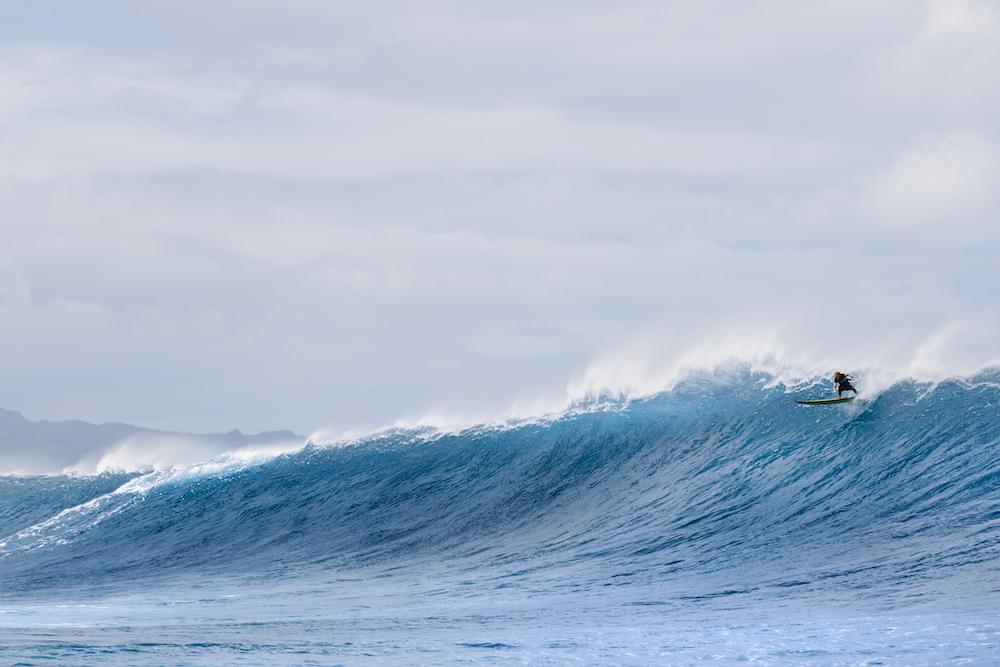
FINA is starting to go down that route and has promised to create a working group to establish an “open” category for trans women in some events as part of its new policy. It’s a neat solution, be it an impractical one for surfing. That division would currently have just one surfer, which isn’t exactly competitive. Also, most trans athletes don’t see themselves as some in-between category. They identify as a man or a woman, and so want to compete as one. In the future though, it might be the best compromise.
“It’s not black and white, and it’s not simply a question of inclusion or exclusion,” Kennelly told Everard, “I don’t have the answers, but we need the conversation and we need ideas to somehow find a fair solution.” Over to you surfing.
